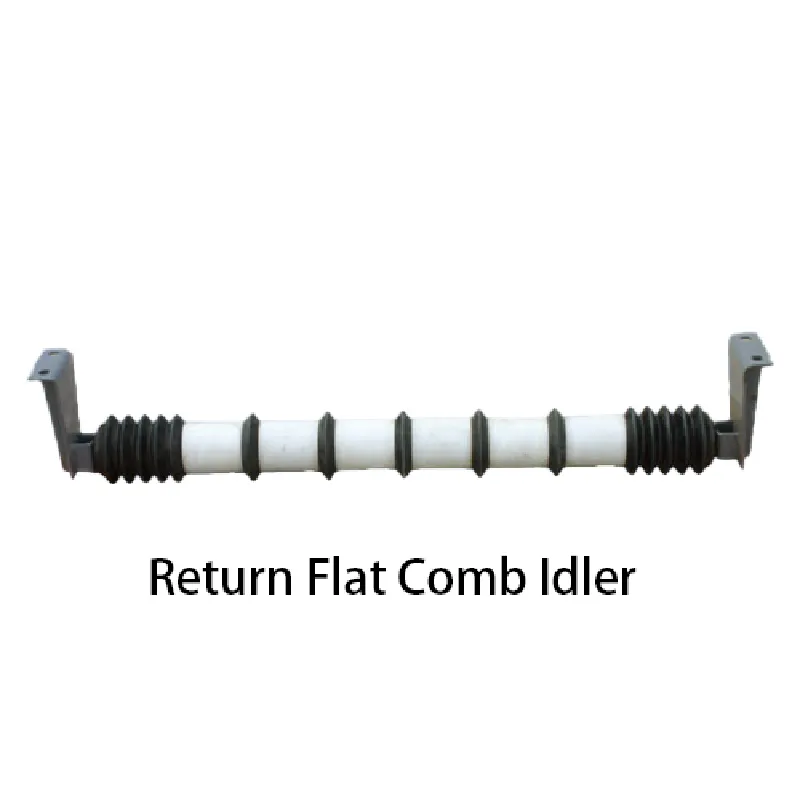 Afrikaans
Afrikaans  Albanian
Albanian  Amharic
Amharic  Arabic
Arabic  Armenian
Armenian  Azerbaijani
Azerbaijani  Basque
Basque  Belarusian
Belarusian  Bengali
Bengali  Bosnian
Bosnian  Bulgarian
Bulgarian  Catalan
Catalan  Cebuano
Cebuano  Corsican
Corsican  Croatian
Croatian  Czech
Czech  Danish
Danish  Dutch
Dutch  English
English  Esperanto
Esperanto  Estonian
Estonian  Finnish
Finnish  French
French  Frisian
Frisian  Galician
Galician  Georgian
Georgian  German
German  Greek
Greek  Gujarati
Gujarati  Haitian Creole
Haitian Creole  hausa
hausa  hawaiian
hawaiian  Hebrew
Hebrew  Hindi
Hindi  Miao
Miao  Hungarian
Hungarian  Icelandic
Icelandic  igbo
igbo  Indonesian
Indonesian  irish
irish  Italian
Italian  Japanese
Japanese  Javanese
Javanese  Kannada
Kannada  kazakh
kazakh  Khmer
Khmer  Rwandese
Rwandese  Korean
Korean  Kurdish
Kurdish  Kyrgyz
Kyrgyz  Lao
Lao  Latin
Latin  Latvian
Latvian  Lithuanian
Lithuanian  Luxembourgish
Luxembourgish  Macedonian
Macedonian  Malgashi
Malgashi  Malay
Malay  Malayalam
Malayalam  Maltese
Maltese  Maori
Maori  Marathi
Marathi  Mongolian
Mongolian  Myanmar
Myanmar  Nepali
Nepali  Norwegian
Norwegian  Norwegian
Norwegian  Occitan
Occitan  Pashto
Pashto  Persian
Persian  Polish
Polish  Portuguese
Portuguese  Punjabi
Punjabi  Romanian
Romanian  Russian
Russian  Samoan
Samoan  Scottish Gaelic
Scottish Gaelic  Serbian
Serbian  Sesotho
Sesotho  Shona
Shona  Sindhi
Sindhi  Sinhala
Sinhala  Slovak
Slovak  Slovenian
Slovenian  Somali
Somali  Spanish
Spanish  Sundanese
Sundanese  Swahili
Swahili  Swedish
Swedish  Tagalog
Tagalog  Tajik
Tajik  Tamil
Tamil  Tatar
Tatar  Telugu
Telugu  Thai
Thai  Turkish
Turkish  Turkmen
Turkmen  Ukrainian
Ukrainian  Urdu
Urdu  Uighur
Uighur  Uzbek
Uzbek  Vietnamese
Vietnamese  Welsh
Welsh  Bantu
Bantu  Yiddish
Yiddish  Yoruba
Yoruba  Zulu
Zulu idler roller price
Understanding Idler Roller Prices What You Need to Know
Idler rollers are essential components used in various industries, especially in conveyor systems. These rollers support the belt, ensuring smooth operation of the machinery. While their functionality is crucial, many factors influence the pricing of idler rollers. Understanding these factors can help businesses make informed purchasing decisions.
What Makes Up the Cost of Idler Rollers?
1. Material Idler rollers are commonly manufactured from materials such as steel, rubber, or plastic. Steel rollers tend to be more durable and suitable for heavy-duty applications, often leading to a higher price point. In contrast, plastic rollers may be lighter and more cost-effective but may lack the durability required for intense operational environments.
2. Size and Specifications The dimensions of the idler roller, including diameter and length, significantly affect the price. Larger rollers typically require more material and specialized manufacturing processes, which can increase costs. Additionally, specifications such as load capacity, resistance to wear, and suitability for specific environments (e.g., corrosive or humid conditions) play crucial roles in determining price.
3. Design and Features Advancements in roller design, such as self-aligning features or integrated bearings, can also impact pricing. Rollers designed for specific applications, like those in food processing or heavy mining, may incorporate additional features that enhance functionality and durability, further affecting their cost.
4. Manufacturer Reputation The reputation and reliability of the manufacturer can lead to price variations. Established brands often charge more due to their proven track record and guarantees of quality. On the other hand, lesser-known manufacturers may offer lower prices, but it's important to weigh these against the potential trade-offs in quality and performance.
idler roller price

5. Quantity and Supply Agreements Purchasing idler rollers in bulk can often lead to discounted rates. Businesses that establish long-term supply agreements with manufacturers may benefit from further cost reductions. Negotiating contracts based on anticipated demand can lead to more favorable pricing arrangements.
The Impact of Market Trends
The pricing of idler rollers can also be influenced by broader market trends. Economic factors such as raw material costs, labor rates, and transportation expenses can all affect pricing. Additionally, fluctuations in demand due to industry trends or technological advancements can lead to price variations. For instance, the growing emphasis on automation and efficiency may increase the demand for higher-quality idler rollers, consequently driving prices up.
Final Thoughts Making Informed Purchases
When considering idler roller prices, it's essential for purchasers to conduct thorough research. Understanding the specific needs of your application, the quality of materials, and the reliability of suppliers can lead to more informed decisions. By comparing quotes from multiple suppliers and assessing their offerings, businesses can secure the best possible price while ensuring they invest in quality products that meet their operational requirements.
In conclusion, while idler roller prices can vary significantly based on a number of factors, a strategic approach to purchasing can result in better value and performance. Whether you're upgrading existing systems or outfitting new machinery, a well-informed purchasing strategy will pay dividends in efficiency and longevity.
-
Revolutionizing Conveyor Reliability with Advanced Rubber Lagging PulleysNewsJul.22,2025
-
Powering Precision and Durability with Expert Manufacturers of Conveyor ComponentsNewsJul.22,2025
-
Optimizing Conveyor Systems with Advanced Conveyor AccessoriesNewsJul.22,2025
-
Maximize Conveyor Efficiency with Quality Conveyor Idler PulleysNewsJul.22,2025
-
Future-Proof Your Conveyor System with High-Performance Polyurethane RollerNewsJul.22,2025
-
Driving Efficiency Forward with Quality Idlers and RollersNewsJul.22,2025





























